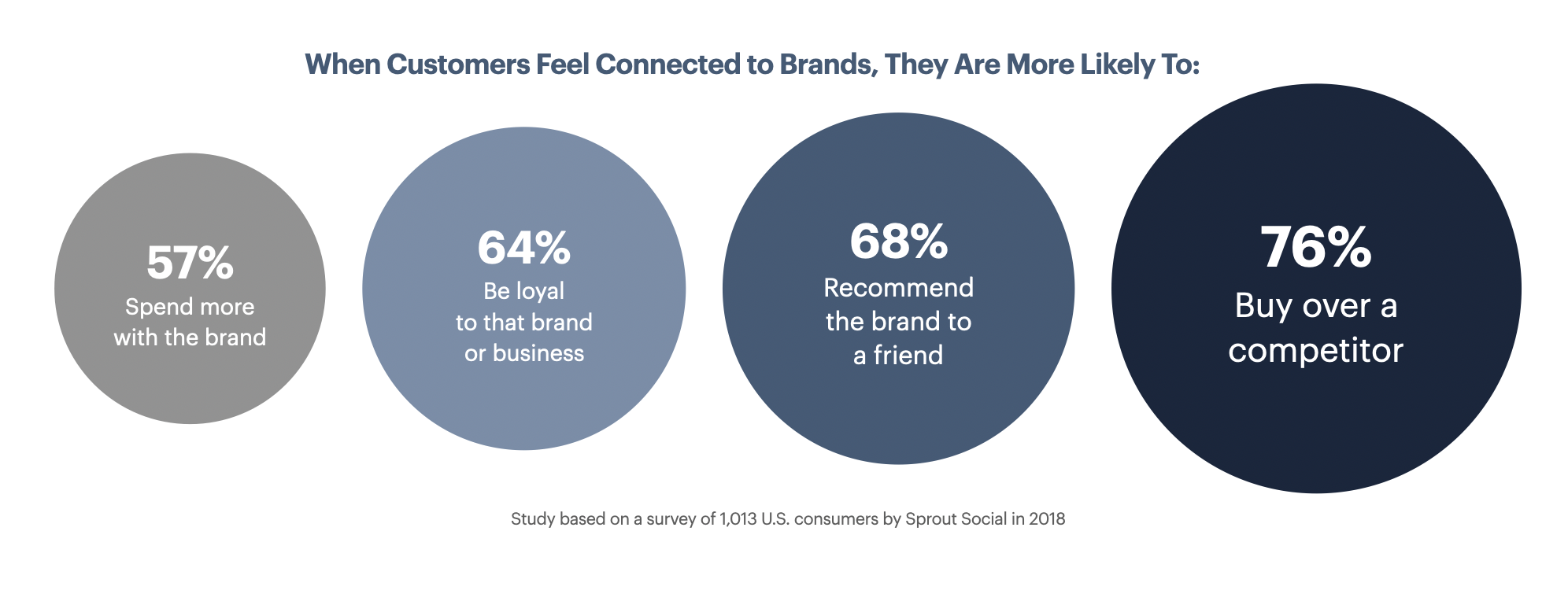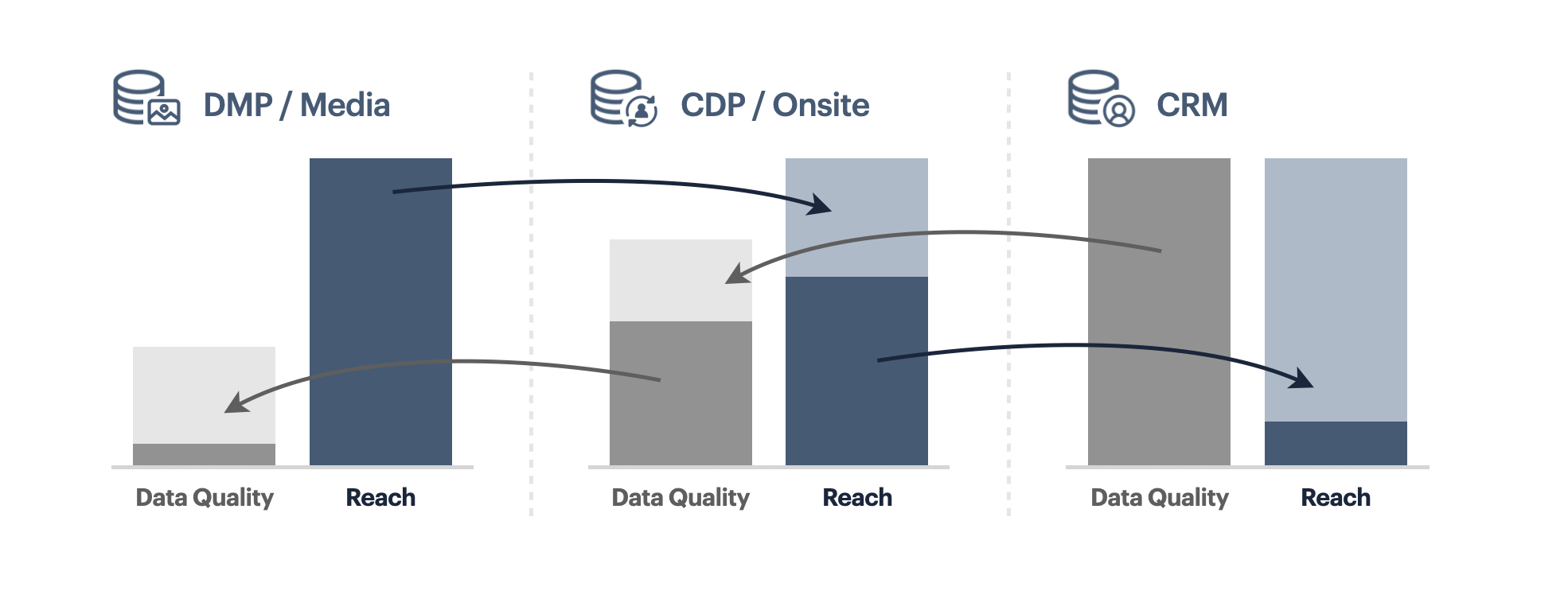

By OPMG
Personalized Marketing has long been one of the biggest challenges for marketers — using data to reach the right person with the right message at the right moment, automated at scale — but now it’s experiencing renewed urgency and focus.
Covid-19 has dramatically accelerated consumer adoption of digital — e-commerce in America recorded a decade’s worth of growth during 90 days of lockdown1 and is projected to hit $5 trillion globally this year.2 At the same time, consumer expectations are continually rising, set by their best digital experiences. The most popular products, from Amazon and Netflix to Google and Facebook, are all highly personalized and constantly learning from consumers to anticipate what they’ll need next.
Adapting fast, brands are prioritizing the use of data and digital channels to reach and serve customers with personalized experiences(since Covid, businesses are three times more likely to conduct the vast majority of customer interactions digitally).3 But while most understand the imperative for Personalized Marketing, many organizations struggle to implement it effectively.
As sophisticated and accessible as tech has become, in practise there’s no off-the-shelf technology solution for companies to reach their most valuable audiences with highly individualized communications at precisely the right time and place. There are many pieces of the personalization puzzle — people and process as well as tech platforms – and the complexity can seem quite daunting.

However, this white paper offers a practical guide for senior marketing executives on how to ask the right questions and take the necessary steps to deliver an ROI-positive Personalized Marketing program (Omnicom has achieved an eight-fold return on investment from Personalized Marketing for clients). It includes a list of the ten most important personalization priorities and the quick wins they will deliver.
This white paper offers a practical guide for senior marketing executives on how to ask the right questions and take the necessary steps to deliver an ROI-positive Personalized Marketing program.
The guide is organized around a Personalized Marketing Blueprint with three pillars: Customer (right person), Content (right experience) and Channel (right moment). The paper explains how to put data foundations in place for each, and how to turn that data into actionable intelligence then activate it in personalized campaigns. Importantly, to make this happen effectively at volume and speed requires careful orchestration of humans and machines, so the blueprint also describes the operating model of People (right experts), Process (right workflows) and Platforms (right tools) that will align Personalized Marketing with a brand’s organizational culture and goals.
Additionally, the paper analyzes two essential competencies that determine the success or failure of Personalized Marketing initiatives: Data Problem-Solving and Data Creativity. First, the criticality of applying data science to solve the most important marketing problems. Personalized Marketing at scale needs specialists to acquire, match and enrich first-, second- and third-party data and build predictive models that make the biggest business impact. Bespoke algorithms that solve brand-specific use cases create greater competitive advantage and more valuable data IP over time.
Secondly, algorithms and automation need to be twinned with the magic ingredient of creativity because consumers are much more likely to buy from and stay loyal to brands they emotionally connect with — 95% of our purchase decision-making takes place unconsciously. Without the ability to craft persuasive, right-brained emotional experiences that can take on a programmatic digital life of their own and inspire consumers to act because they feel differently about the brand being advertised, Personalized Marketing risks being efficient but not effective.
algorithms and automation need to be twinned with the magic ingredient of creativity because consumers are much more likely to buy from and stay loyal to brands they emotionally connect with.
Great marketing campaigns touch people where they can feel it, delight in it, become moved to buy something because of it, and become an advocate for the brand. To do this Personalized Marketing must integrate human-led creative ideas designed to work brilliantly with algorithmic decisioning powered by AI. Embracing the improved level of insight that can be extracted from data — the ability to identify and forecast new trends in consumer culture for instance — leads to a much more nuanced understanding of what customers do and more accurate predictions of what they might do. This in turn provides a springboard for better strategic planning and more influential and irresistible creative ideas.

Getting it right unlocks extraordinary potential. According to the Harvard Business Review, Personalized Marketing boosts revenues, reduces acquisition costs and increases the efficiency of marketing spend. It enables executives to deliver event-triggered, real-time communications to mass audiences on a one-to-one basis, while meeting consumer expectations for privacy — often without needing more money or team members to do the work. In fact, orchestrated correctly, automation eliminates manual processes to reduce costs further and free up resources. Marketers can use that newfound time and budget to develop strategies that focus on creativity and brand, further improving the customer experience, and generating more revenue, loyalty and competitive differentiation.
Modern marketing has entered the era of personalization and the more that firms personalize, the better the business outcomes they drive: more satisfied, engaged customers, increased sales, greater loyalty and stronger brands. This blueprint offers a practical guide for senior marketing executives on how to achieve it. The time to start is now.
If you like the sound of working with a custom blend of agencies and consultancies, that can get right to the heart of your marketing needs, why not get in touch?
Contact OPMG
